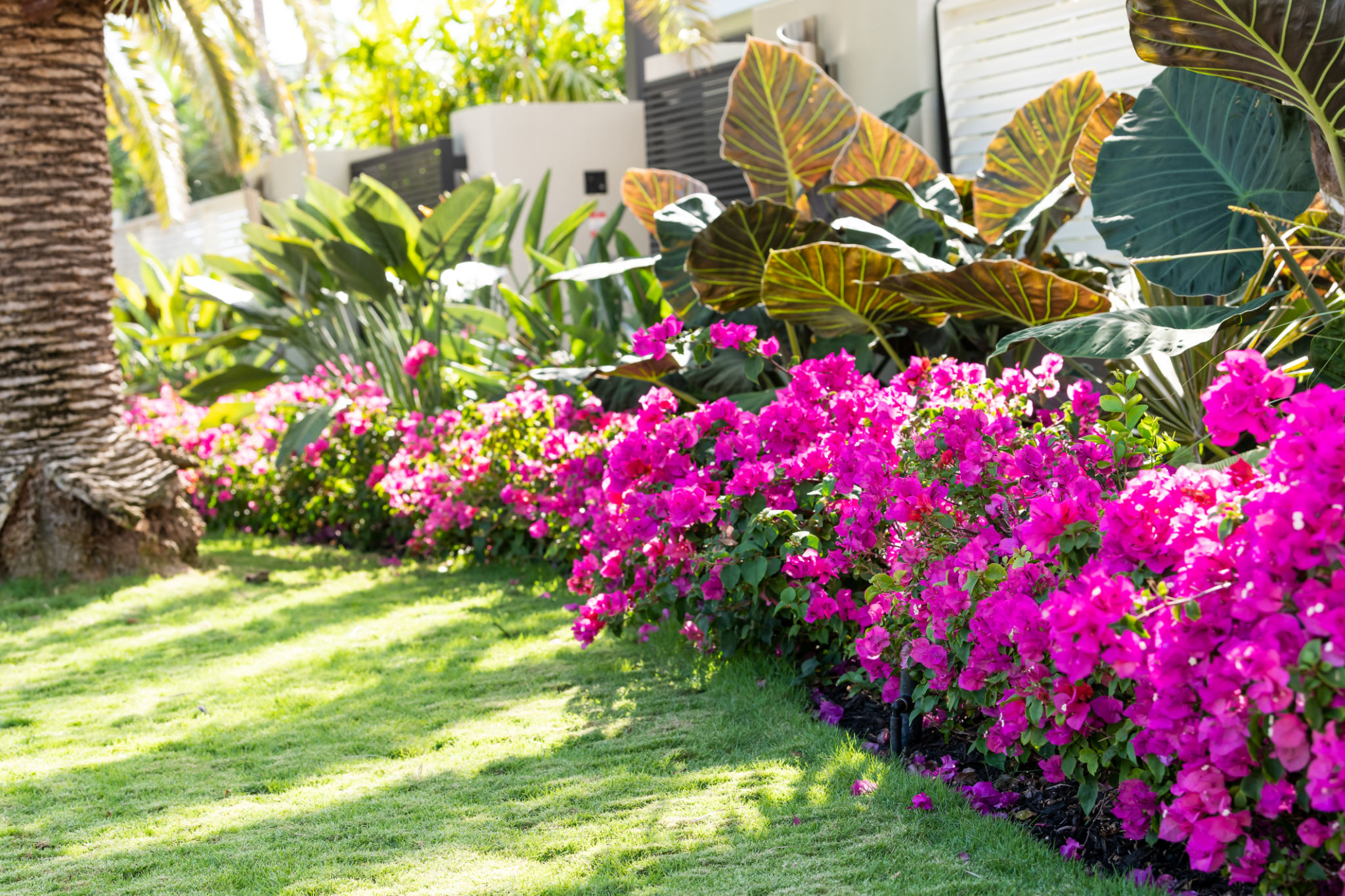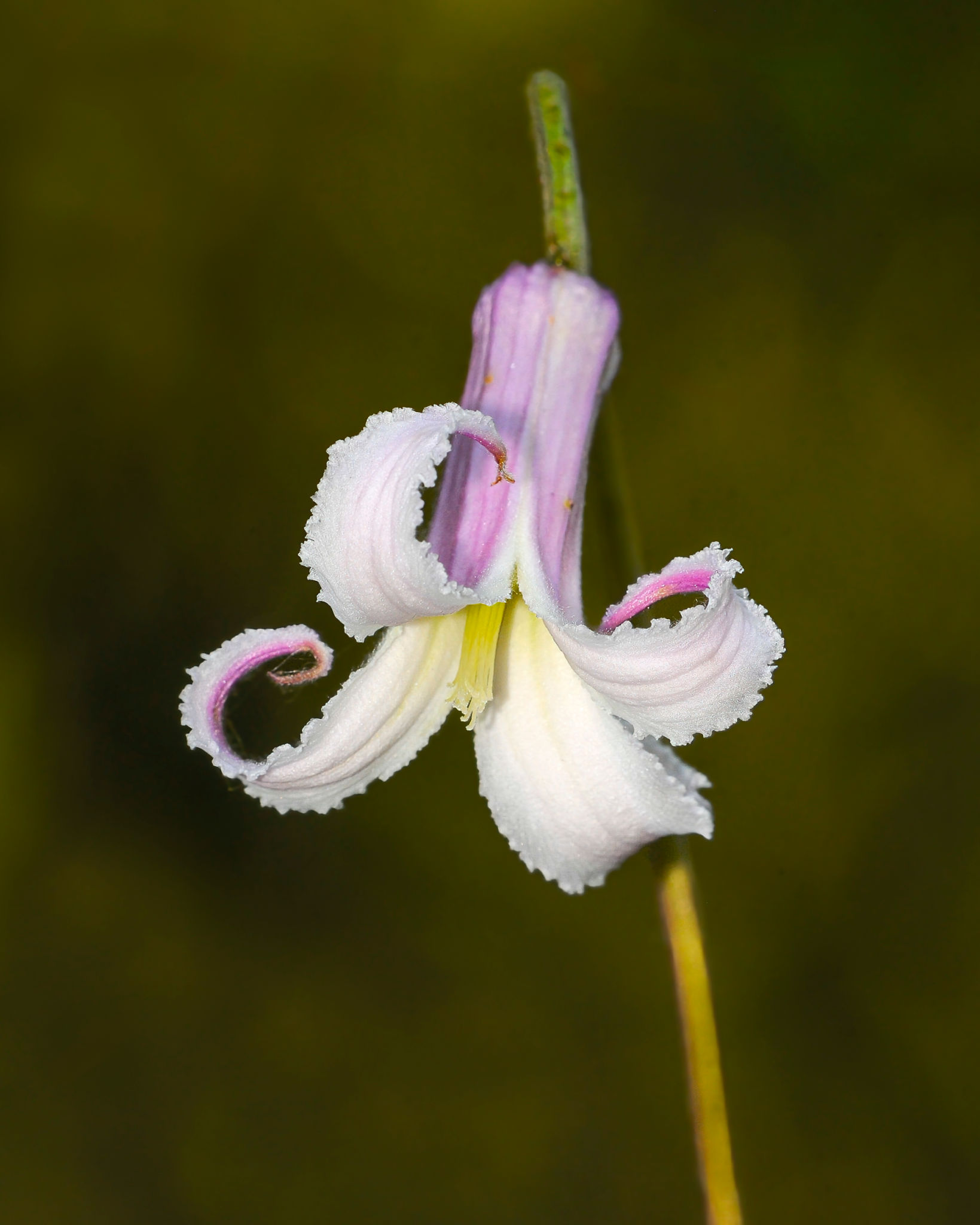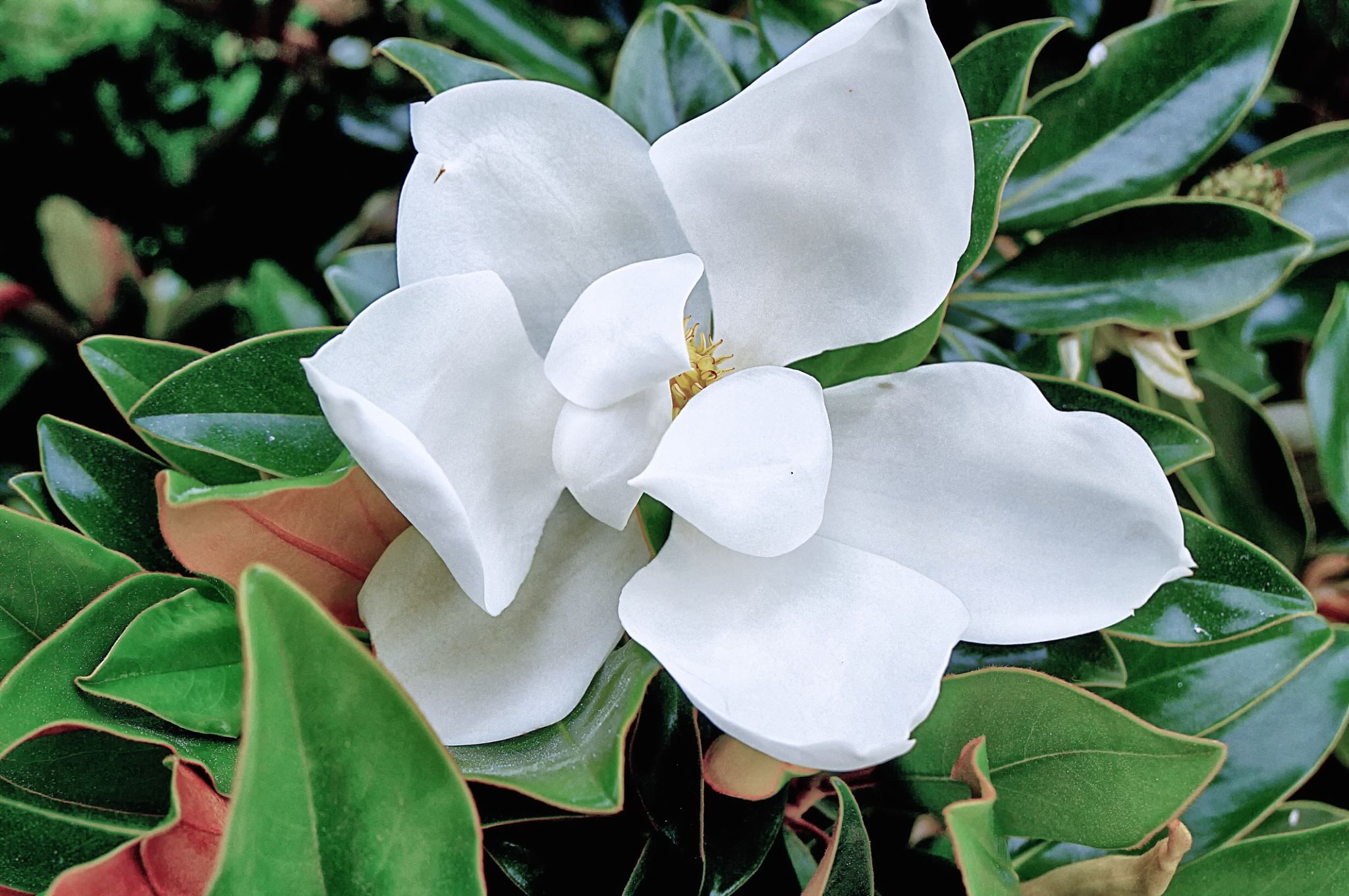How to Choose the Right Native Plants for Your Floridian Garden
Understanding Florida’s Unique Climate and Ecosystem
When planning a garden in Florida, it's crucial to understand the state's unique climate and ecosystem. Florida offers a subtropical to tropical climate, which means hot summers, mild winters, and a high humidity level throughout the year. The state also experiences a lot of rainfall, especially during the wet season. This climate diversity affects the types of plants that can thrive in different regions, making it essential to choose the right native plants that suit your specific area.

Florida is home to a wide variety of ecosystems, from coastal areas and wetlands to dry uplands. Each ecosystem hosts different plant species adapted to those specific conditions. By selecting native plants, you can ensure that your garden will not only thrive but also support local wildlife and conserve water.
The Benefits of Choosing Native Plants
Native plants offer several advantages for your Floridian garden. They are well-adapted to local soil conditions, climate, and pests, which means they require less maintenance once established. This makes them an eco-friendly choice as they typically need less water, fertilizers, and pesticides compared to non-native species.
Moreover, native plants play a crucial role in supporting local wildlife. They provide essential habitats and food sources for birds, insects, and other animals. By incorporating native plants into your garden, you’re contributing to the restoration of local ecosystems and promoting biodiversity.

Identifying the Right Native Plants for Your Garden
Before selecting plants for your garden, it's important to assess your garden's conditions. Consider factors such as sunlight exposure, soil type, and moisture levels. These conditions will influence the types of plants that will flourish in your space.
Here are some steps to help you identify suitable native plants:
- Research Your Region: Understand the specific climate conditions of your area in Florida and the ecosystems present.
- Consult Local Resources: Visit local nurseries or contact extension services to get advice on native plant species that do well in your locality.
- Consider Plant Functionality: Decide if you want plants that attract pollinators, provide shade, or add color to your landscape.
Popular Native Plants for Floridian Gardens
There are numerous native plants to consider for your garden. Here are a few popular options:
- Firebush (Hamelia patens): Known for its vibrant red flowers that attract hummingbirds and butterflies.
- Coontie (Zamia pumila): A low-maintenance plant with unique foliage that thrives in both sun and shade.
- Southern Magnolia (Magnolia grandiflora): Offers fragrant flowers and provides excellent shade.
- Beach Sunflower (Helianthus debilis): Ideal for coastal gardens with its bright yellow blooms.

Caring for Your Native Plant Garden
Once your native garden is planted, proper care ensures its success. Although native plants are generally low-maintenance, they still require some attention during their establishment phase. Regular watering during the first few months is crucial until the plants are well-rooted.
Prune as necessary to remove dead or diseased branches, and apply mulch to help retain soil moisture and suppress weeds. Monitoring for pests or diseases is also important; however, native plants typically have higher resilience against common issues.
Conclusion: Enjoying a Flourishing Floridian Garden
With careful planning and consideration, choosing the right native plants for your Floridian garden can lead to a lush and vibrant landscape that thrives with minimal intervention. By embracing native species, you not only beautify your space but also contribute positively to the environment.
Remember that a well-chosen mix of native plants will create a dynamic and sustainable garden that bursts with life throughout the year, providing a haven for both you and local wildlife to enjoy.